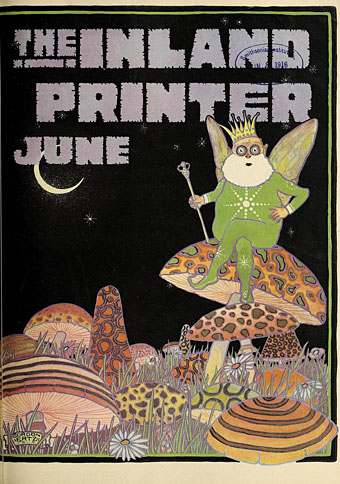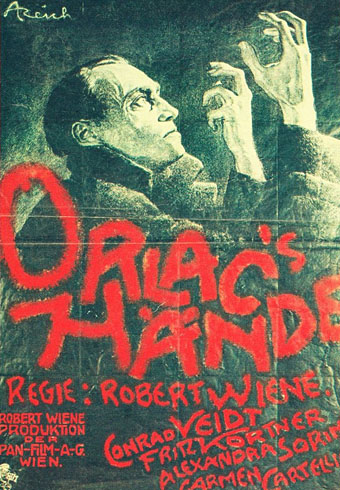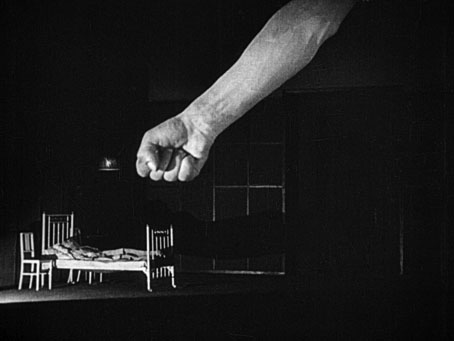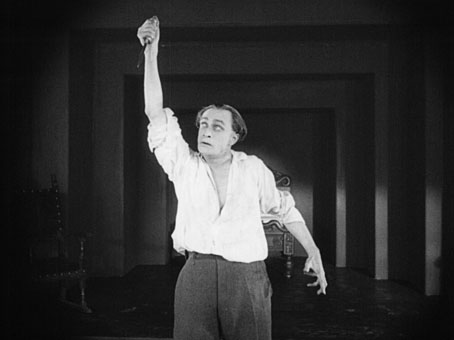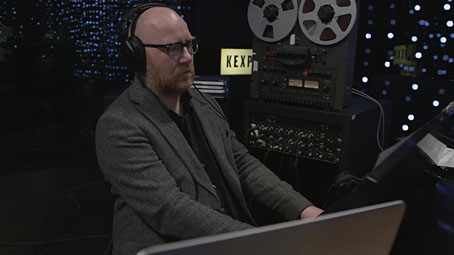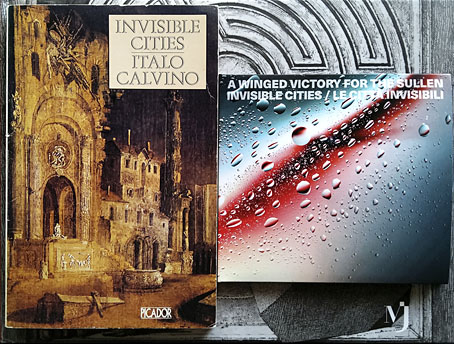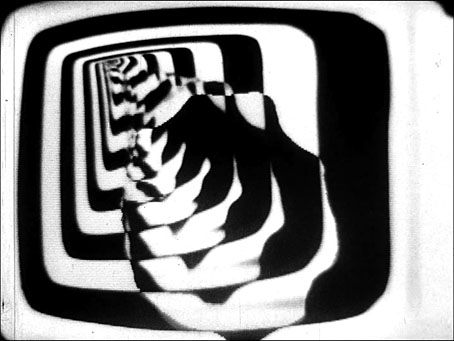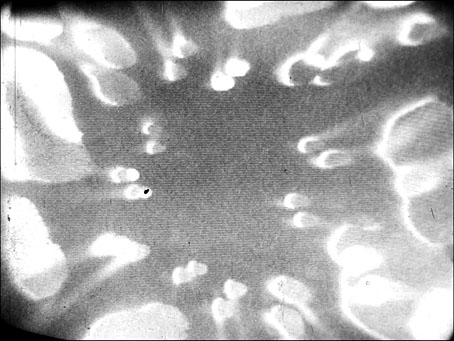Cover by Gordon Ertz for The Inland Printer, June 1916.
• “I worry that enthusiasm is being mistaken for a moral virtue, and negative criticism for a character flaw.” Dorian Lynskey on the dying art of the hatchet job. Also a reminder (not that we require it) that the word “fan” in this context has always been an abbreviation of “fanatic”.
• Culture.pl explores the work of Stanislaw Lem, the science-fiction writer “whose works, abilities and quirky sense of humor convinced Philip K. Dick that he was too brilliant to exist and must have actually been a committee of people”.
• The electronic music of Paul Schütze receives a reappraisal on Phantom Limb in November with a compilation album, The Second Law.
• Aliya Whiteley on Amanita Muscaria, the hallucinogenic mushroom seen in hundreds of fairy-tale illustrations.
• Stuart Firestein talks to Roger Payne about changing the world’s attitude to whales by recording their songs.
• Jennifer Lucy Allan talks to Sam Underwood about his unique Acoustic Modular Synth.
• Jóna G. Kolbrúnardóttir sings Odi Et Amo from Englabörn by Jóhann Jóhannsson.
• A forthcoming release on Dark Entries: Back Up: Mexican Tecno Pop 1980–1989.
• Luc Sante looks at Jim Jarmusch’s collages.
• John Grant‘s favourite albums.
• RIP Michael Chapman.
• The Divination Of The Bowhead Whale (1978) by David Toop & Max Eastley | Keflavik: The Whale Dance (1980) by Richard Pinhas | Ballet For A Blue Whale (1983) by Adrian Belew

